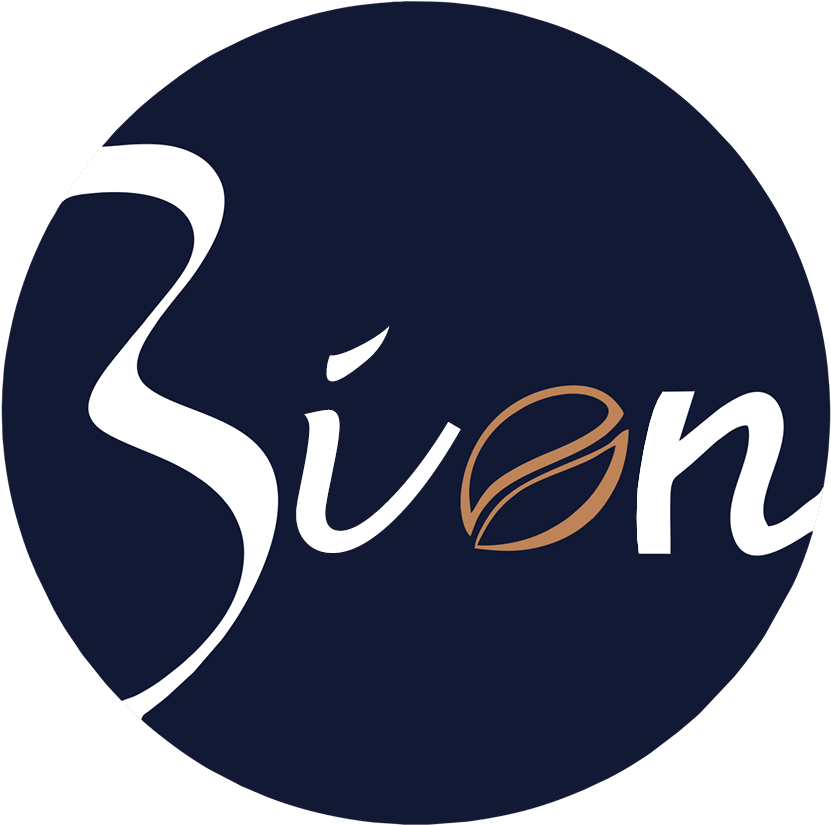Burundi Coffee
About
The tiny but populated East African state of Burundi borders Rwanda, Congo, Tanzania and lake Tanganyika. It is hilly with high plateaux and a tropical climate. Burundi is so far thankfully exempt from problems with water shortage and drought which is becoming common in East Africa. The soil is generally very rich and mainly volcanic with limited agriculture pressure.
Burundian economy relies upon subsistence farming, gold (1), coffee (2) and tea (3) exports. Foreign aid being still a major source of revenue, dwindling since the re-election of President Pierre Nkurunziza in 2015.
Coffee has been introduced in Burundi in the 1920’s and started to expand in the 50’s as it was recognized as a crop that would bring about an agrarian revolution for Burundi producers, who will then access money generation and not only food supplies. The Coffee industry starts in the 60’s very much organized as a public industry, with government involved in both institutionalizing and operating the business of supply exportable coffee to the import industry. Indeed a coalition of States fund the development of the infrastructure and indirectly a subsidized production, in the scope of supporting Burundi population in its economic development process. In the 90’s heavily indebted Burundi government in a deal with FMI to clean the debt surrender the industry of coffee and opens it to free trade, selling assets and allowing provates to take part in the processing of coffee. This is pretty much the end of the government support to coffee industry in Burundi, definitely the end of the subsidy Burundi farmers were enjoying in low market circumstances, BIF630/kilo of cherry was indeed a minimum price for over 40 years for the first generation of Burundi Coffee farmers.
Mainly Arabica
Burundi produces mostly Arabica (± 96%) and a very small percentage of Robusta (± 4%).
In recent years the export of Fully Washed coffee has overcome the Semi Washed export volumes. A turn as historically Burundi produces 70% Semi-Washed and 30% Fully Washed, in 2018 the trend is reversed now we can safely assume not more than 25% of coffee is processed as Semi-Washed. This is part of a greater scheme from government to incentivize the production of better coffees for better returns.
The flow of coffee is different for both types of qualities: The Fully Washed quality comes from coffee picked by the growers when mature and delivered to the nearest washing station. These washing stations are spread in the rural part of the country. Every coffee growing area has a station on its area, which is also a place for encounter and exchange; only some sub-regions have greater coverage than others. Coffee is pulped, fermented and washed in small Washing Stations (capacity about 500MT per annum each) and dried on African beds then stored in dry parchments at the washing station until enough is gathered to send to dry mill for hulling, grading and sorting for export. Once the milling is done, and coffee approved by ARFIC (National coffee institution) each export lot is stored in a state owned warehouse in Gitega or Bujumbura.
The so-called Washed (or semi-washed) quality is coffee which is depulped, washed and dried at farmer’s place. There is no controlled fermentation in this process. Coffee is exported through same channels as Fully Washed, although a good share is smuggled or locally consumed. Semi- Washed is of lesser quality and value than Fully Washed, hence the recent development of Fully Washed as Burundi gets more and more exposure to world consuming markets.
Fully Washed coffee ships earlier than Semi-Washed coffee. Mainly because farmers use the Semi-Washed product as cash under the mattress they can spend on a monthly basis after the harvest season. When they sell Cherry farmers get all the revenue at once, as it needs to be delivered from the same day harvest.
